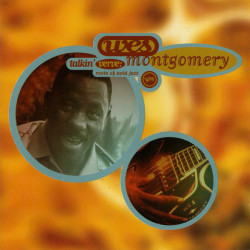It’s this thing again.
You may be new. I’ve got this idea I’ve been working on a while. It’s supposed to make writing music more simple, so instead of expanding the idea with each post, I’m gonna recap the whole thing each time I come up with a better way to put it out there. Here goes:
Music is a language. It express pure emotion more than ideas. (Lyrics are not music, put that aside.) If you think of language as math, you are already likely a poor communicator, so for music it would be even worse. So, do not be confused by the use of numbers. Yeah, a computer program can write a song, who cares, not about that either. If you write a song in the traditional manner well enough, a computer program can also play it back it you, a fully programed feeling, if you like. Not so with this method. A computer could almost never get an accurate reading of a song written in this manner. (It would have to be a really terrible song.)
Let’s try it with one of the most terrible songs of all time, “Happy Birthday”. I hate it, but everyone knows it and it’s recently become public domain, so it’s perfect for this demo:
5 | 5 | 7 | 5 | 10 | 8
Hap- py Birth- day to you5 | 5 | 7 | 5 | 0 | 10
Hap- py Birth- day to you5 | 5 | 5 | 2 | 10 | 8 | 7
Hap- py Birth- day dear who zit3 | 3 | 2 | 10 | 0 | 10
Hap- py Birth- day to you
Now before you start worrying about the proper hyphenation of “Happy”, check out the third line. “Birth” is a higher note, isn’t it? It is, exactly an octave higher. You might want to mark that in some way. But you don’t have to.
If you want to get mathematical, which you might for a sound art installation or figuring out how to fix the acoustics of a room. That would involve real math involving putting notes into numbers and there is already a system for that, each key on a piano, for example, has it’s own soundwave frequency number. Musicians usually only think of the number they tune to, which is usually A440. But here are all the A’s on a grand piano:
3520 Hz
1760 Hz
880 Hz
440 Hz
220 Hz
110 Hz
55 Hz
27.5 Hz
This is quite nice and neat compared to pretty much every other note, which have a lot of decimals. (Only exception: C7/Double high C @ 2093.00hz.)
So what.
- no octaves, melody can be played by any instrument or singer
- no sharps and flats, every key equally easy to write in
- promotes wide interpretation/adjustment of the melody
Back later with how this makes transposition much easier, which I screwed up before. Check out all the posts but it’s a work in progress. Dankon.
%






Recent Comments